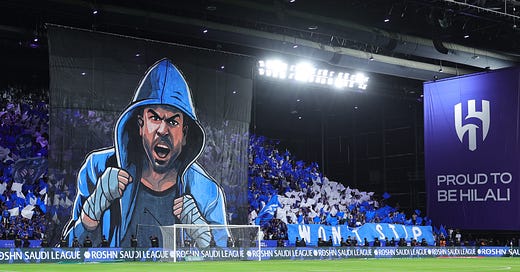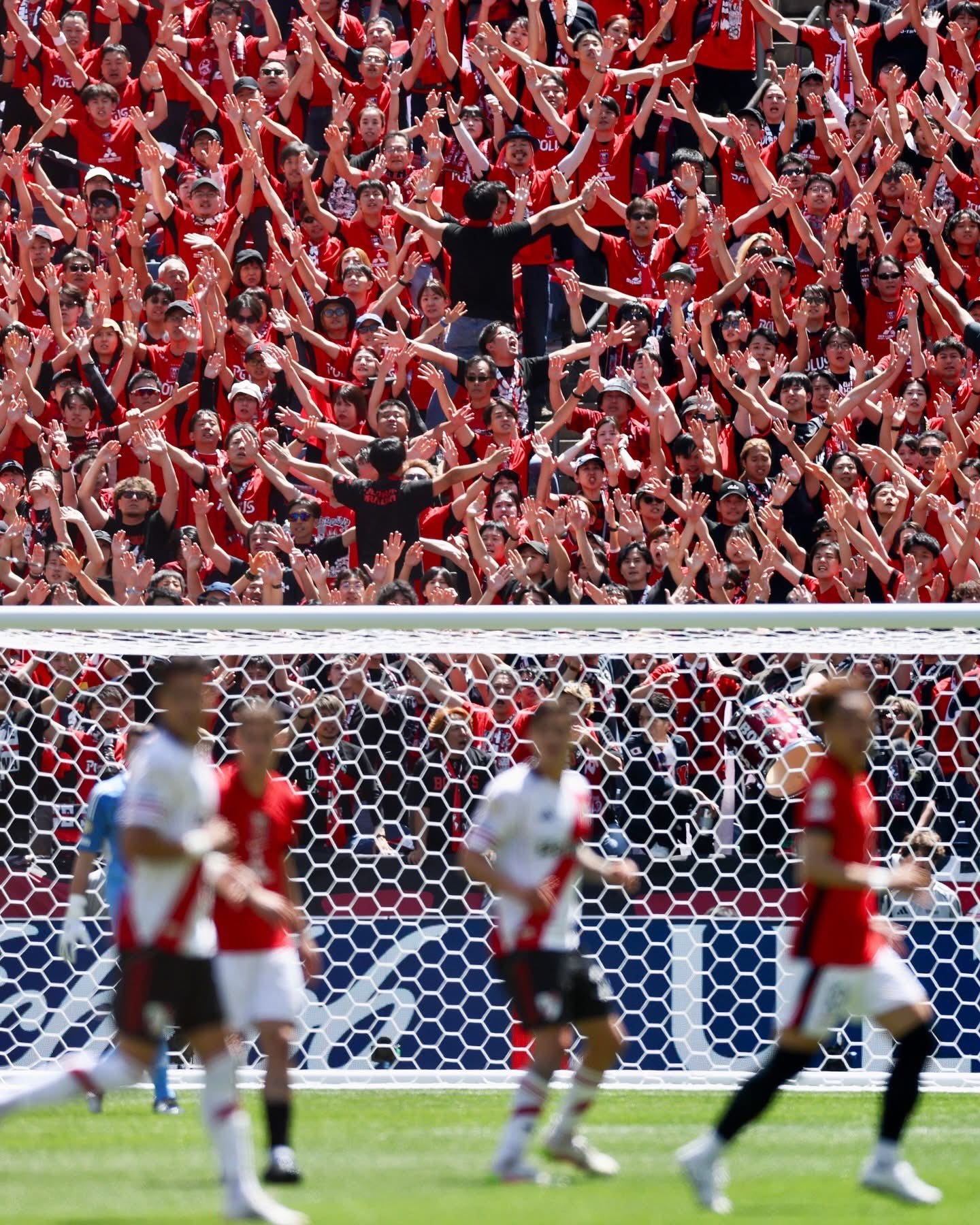The secret's out, Asian football clubs are among the best in the world
FIFA's Club World Cup is highlighting how strong football across the continent has become, even if attitudes towards it elsewhere are lagging behind it
Following Al Hilal’s first game at this year’s FIFA Club World Cup, someone posted the following on the BBC’s Sport website:
A simple response to this observation is that they do, in the Asian Champions League; in fact, the club has won it four times (across the competition’s various guises).
No other club has won it more, though Japan’s Urawa Red Diamonds is close behind Al Hilal having lifted the trophy three times.
Urawa has also been competing in this year’s Club World Cup.
Despite not progressing from the group phase, the Japanese club’s supporters caused a stir with their passionate expressions of fandom.
At a tournament where there have been widespread concerns about match attendance, Urawa fans have been there in significant numbers.
The Red Diamonds in the club’s name denote its ownership by Mitsubishi Heavy Industries (the company makes cars of the same name), which holds a significant stake in the club.
Among other owners are local government entities Saitama Prefecture and Saitama City (a model replicated across Japan’s J-League, the country’s top division).
Al Hilal’s ownership is not entirely dissimilar; a government entity, the country’s sovereign wealth fund - the Public Investment Fund - owns a 75% stake in Al Hilal, while the remaining 25% is owned by the Al Hilal Non-Profit Foundation.
Ownership models in Asia are different to Europe, something that appears to be delivering increasing levels of success.
This has been most pertinently illustrated by Al Hilal’s dramatic Club World Cup victory against Manchester City.
In the battle of the Gulf states, Saudi Arabia triumphed over Abu Dhabi, though Qatari representation remains (in the form of Paris Saint Germain).
As Al Hilal progresses through the tournament, it will be no surprise to see more of its fans heading stateside to support their team.
After all, Saudi Arabian football has a long history and has always attracted large numbers of passionate fans, especially in large urban centres such as Riyadh.
For most of its history, Al Hilal has played at the the King Fahd International Stadium, a venue that used to accommodate around 58,000.
It was often full - 100% capacity utilisation (the club currently plays its home matches at the Kingdom Arena in Riyadh, whilst the King Fahd Stadium is redeveloped, which will increase capacity to more than 74,000).
If Al Hilal was to win the new reformatted Club World Cup, it would shake world football’s foundations and be consistent with a much wider pivot - from Global North to Global South - which the world is experiencing.
Perhaps such a win seems unlikely (apart from to the club’s fans); however, as the fans of Urawa and players such as Nasser Al Dawsari of Al Hilal highlight, there’s more to the Asian game than some people elsewhere in the world seem to realise.






